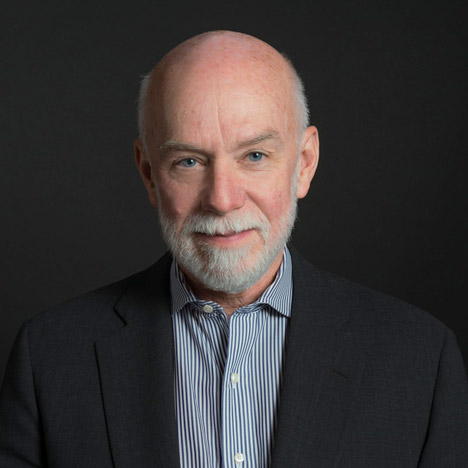
Guggenheim Helsinki: "We've got quite a lot to chew on"
News: the Guggenheim is just one of a string of art institutions expanding internationally with new architecture projects. The Helsinki competition represents part of its plans to "stop being an exporting institution, and instead be a collaborative one," according to director Richard Armstrong (+ interview).
The shortlist for the Guggenheim Helsinki was revealed this morning and includes six firms that are little known outside of their home countries, whittled down from 1,715 entries in one of the most over-subscribed design competitions on record.
"We've got quite a lot to chew on," admits Richard Armstrong, director of the Solomon R Guggenheim Foundation, who added that it was a gamble to hold an open competition rather than go to a big, established name, but said such risk-taking was in "the spirit of the institution".
"[Architecture is] absolutely central to the identity of the Guggenheim," explained Armstrong. "The initial leadership invited Frank Lloyd Wright in 1943 to make a new building [in New York City]. And then subsequently my predecessors chose Frank Gehry twice: once to make a new museum in Bilbao – which I think is considered to be one of the most important buildings of the 20th century – and now another Frank Gehry building is coming in Abu Dhabi. So I'd say architectural courage and a willingness to engage with the very best practices of the time is really characteristic of the institution."
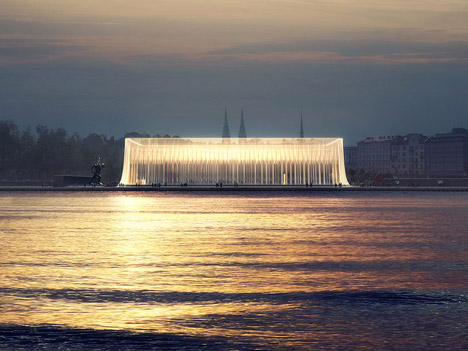
Nevertheless, engaging in an open competition process is a gamble. "There was a temptation" to just work with Gehry again, "but it wasn't realised," said Armstrong. The idea to hold a competition rather than simply appoint another star architect "could be seen as almost obligatory under [the Guggenheim's] statutes," he added.
The Guggenheim is not the only museum with ambitious international expansion plans, and architecture is a driving force behind a number of these brand extensions.
London's V&A Museum is opening a series of new buildings around the world, including the V&A Dundee by Japanese architect Kengo Kuma and the museum is also collaborating on the curation of content for the Shekou Museum in Shenzhen designed by Tokyo architect Fumihiko Maki.
French architect Jean Nouvel is designing the Louvre's Abu Dhabi museum, which will occupy a site near to Gehry's Guggenheim. Meanwhile a flurry of major institutions have commissioned architects to revamp and expand their existing homes, including the Smithsonian, which has appointed Bjarke Ingels' BIG to completely overhaul its campus, and the British Museum, who recently opened a new wing by Richard Rogers.
"I see also the Pompidou is making deals in Malaga and elsewhere," said Armstrong. "I'd say there's an effort at increasing one's footprint."
For some, expansion has become a financial necessity. Paris' Pompidou Centre art museum is opening a temporary branch in Malaga next year – the licensing fee it will receive will help to counterbalance a budget cut imposed by the French government.
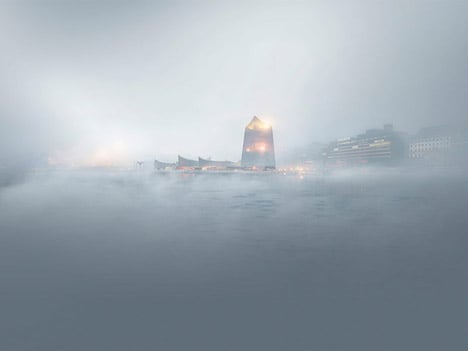
Touring an exhibition around multiple locations can make it more cost-effective, but the opportunities for collaboration are also enticing, said Armstrong.
"Exhibitions are tremendously expensive. But beyond that, inside the concept of being global, it seems like the way to realise that idea is to work with counterparts around the world and that's what we're trying to do – to stop being an exporting institution, and instead be a collaborative one," he explained.
Last month, the Guggenheim appointed its first curator of "architecture and digital initiatives", Troy Conrad Therrien, whose task is to help the institution fulfil its ambition to be an "agent of social change" through architecture. He will be in charge of organising the public exhibition for the Helsinki project.
This could be key in winning over the city's inhabitants, a small handful of whom were outside the hall where the shortlist was announced this morning protesting against the scheme. A counter-competition has also been launched under the leadership of architect and writer Michael Sorkin and a group of Finnish architects.
Overcoming local opposition will be a major factor in ensuring the project goes ahead. According to Armstrong a "political decision" will be made on the future of the Guggenheim Helsinki in spring or summer 2015.
If Helsinki goes ahead and when Abu Dhabi completes, the Guggenheim will be able to create international tours between four major gallery spaces. Although New York's Guggenheim, designed by Frank Lloyd Wright, remains the base for the foundation it will no longer set the agenda for exhibitions and collections. "It would be a more collaborative effort – that's the goal," said Armstrong.
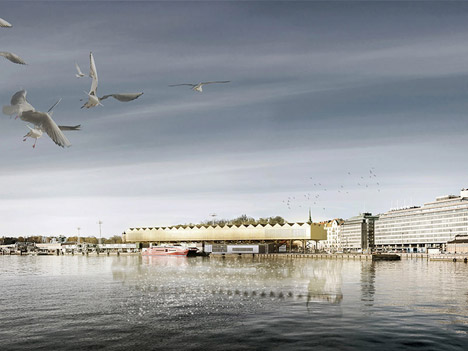
Read the edited transcript of our interview with Richard Armstrong, director of the Solomon R Guggenheim Foundation:
Anna Winston: What was the thinking behind hosting a design competition for the Guggenheim Helsinki?
Richard Armstrong: Well, it was the suggestion of the leadership here. And in some ways I think it could be seen as almost obligatory under their statutes. We decided to go with the concept of a completely open competition – anonymous – and 1,715 people applied.
Anna Winston: Can you explain how important architecture is for Guggenheim?
Richard Armstrong: It's absolutely central to the identity of the Guggenheim. In part because the initial leadership invited Frank Lloyd Wright in 1943 to make a new building which was realised sixteen years later on 5th Avenue. And then subsequently my predecessors chose Frank Gehry twice: once to make a new museum in Bilbao – which I think is considered to be one of the most important buildings of the 20th century – and now another Franky Gehry building is coming in Abu Dhabi, for Guggenheim Abu Dhabi. So I'd say architectural courage and a willingness to engage with the very best practises of the time is really characteristic of the institution.
Anna Winston: The Guggenheim has just appointed Troy Conrad Therrien to its first curatorial position for architecture and digital initiatives as well...
Richard Armstrong: We've had different kinds of architectural involvement in the past. You may know about the BMW Guggenheim Lab that went around the world, and we've had shows of Frank Lloyd Wright and Zaha Hadid, so this is a reconsideration of the role inside the museum's programming that should be quite interesting. He only arrived a few weeks ago, so I don't quite know what's on his mind yet, but he's here with me in Helsinki.
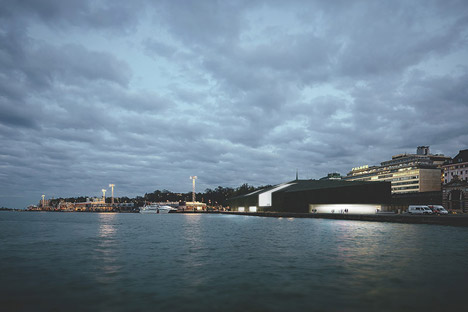
Anna Winston: Has he had any input in the selection process?
Richard Armstrong: Not in the selection process, but now, from this moment forward, he'll be deeply involved. He was not on the jury because he was not yet an employee of the institution.
Anna Winston: What's the next step in the competition?
Richard Armstrong: We will see who the six finalists are and then they're given some money to help realise their first ideas. There will be an exhibition in Helsinki in the springtime and then the winner should be announced in early summer. And then decisions have to be made here about what to do after that.
Anna Winston: The practices are not big international names. Is that something of a gamble?
Richard Armstrong: I would say yes – but inside of the spirit of the institution.
Anna Winston: Was there a temptation to work with Frank Gehry again instead?
Richard Armstrong: There was a temptation, but it wasn't realised.
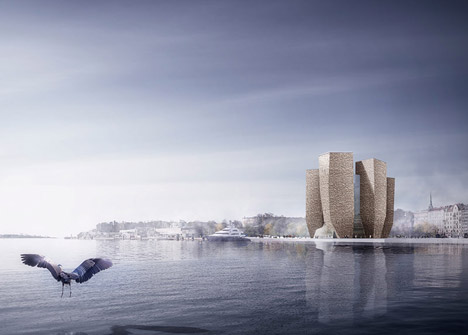
Anna Winston: When are you hoping that this will start on site, if all goes according to plan?
Richard Armstrong: We don't have a schedule because we don't know yet. The political decision will be in the summer or the autumn. In my experience, within three or four years there should be a building.
Anna Winston: What's the logic in expanding the Guggenheim brand in this way?
Richard Armstrong: A few things. One of them is an effort at cost-effectiveness, because, as you know, exhibitions are tremendously expensive. But beyond that, inside the concept of being global, it seems like the way to realise that idea is to work with counterparts around the world and that's what we're trying to do – to stop being an exporting institution, and instead be a collaborative one.
Anna Winston: Do you think this is a growing trend within the museum sector at the moment? The V&A is making inroads in China in a similar way.
Richard Armstrong: It might be. I see also the Pompidou is making deals in Malaga and elsewhere. I'd say there's an effort at increasing one's footprint.
Anna Winston: So the same exhibitions will tour between the different Guggenheim branches?
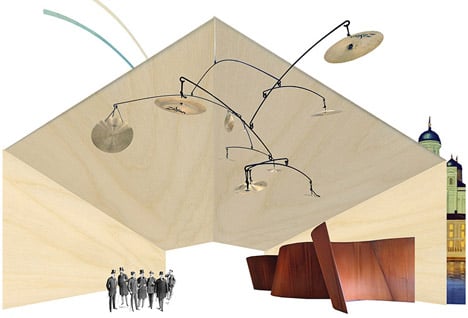
Richard Armstrong: To the greatest extent possible, I would say, yes.
Anna Winston: Will it still be the New York Guggenheim that leads the program?
Richard Armstrong: No. In fact it would be a more collaborative effort – that's the goal.
Anna Winston: After Helsinki, are there plans for any more?
Richard Armstrong: Not that I'm aware of! We've got quite a lot to chew on, let's say that.